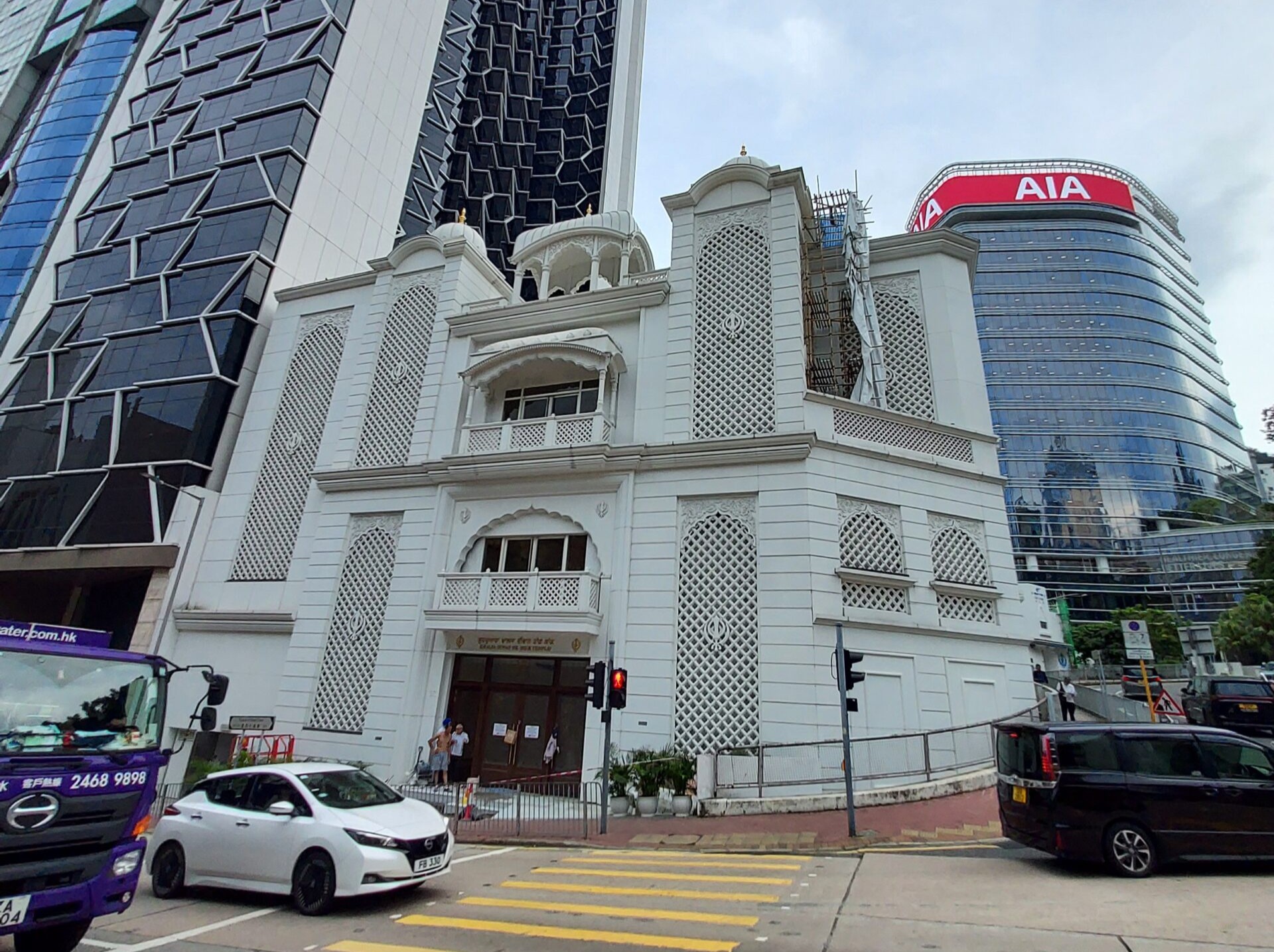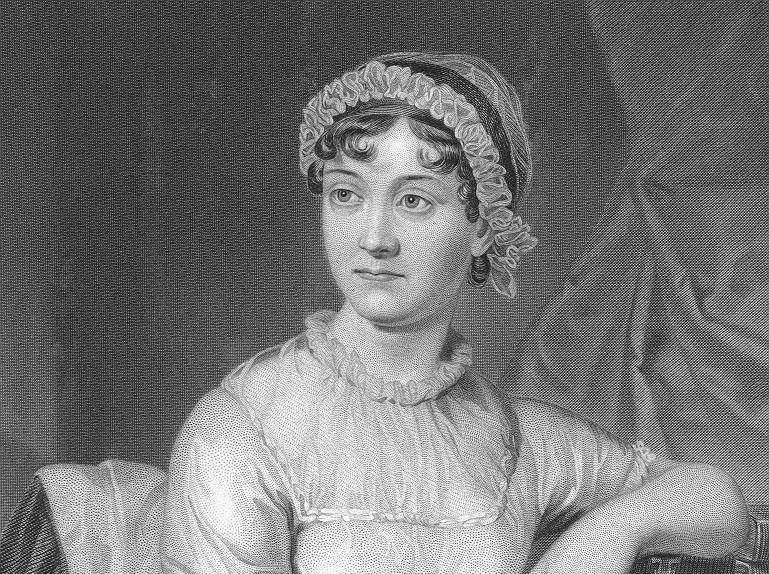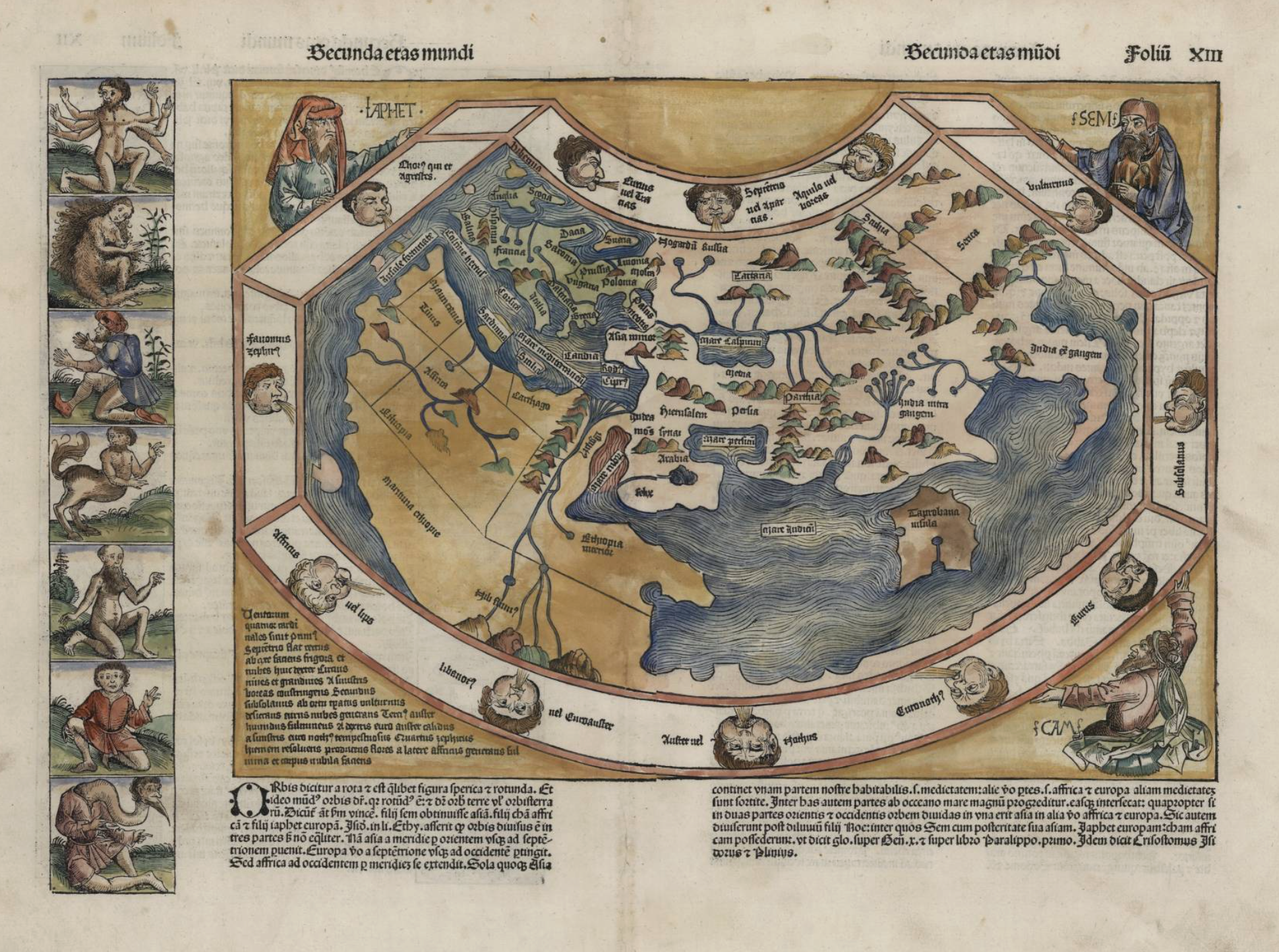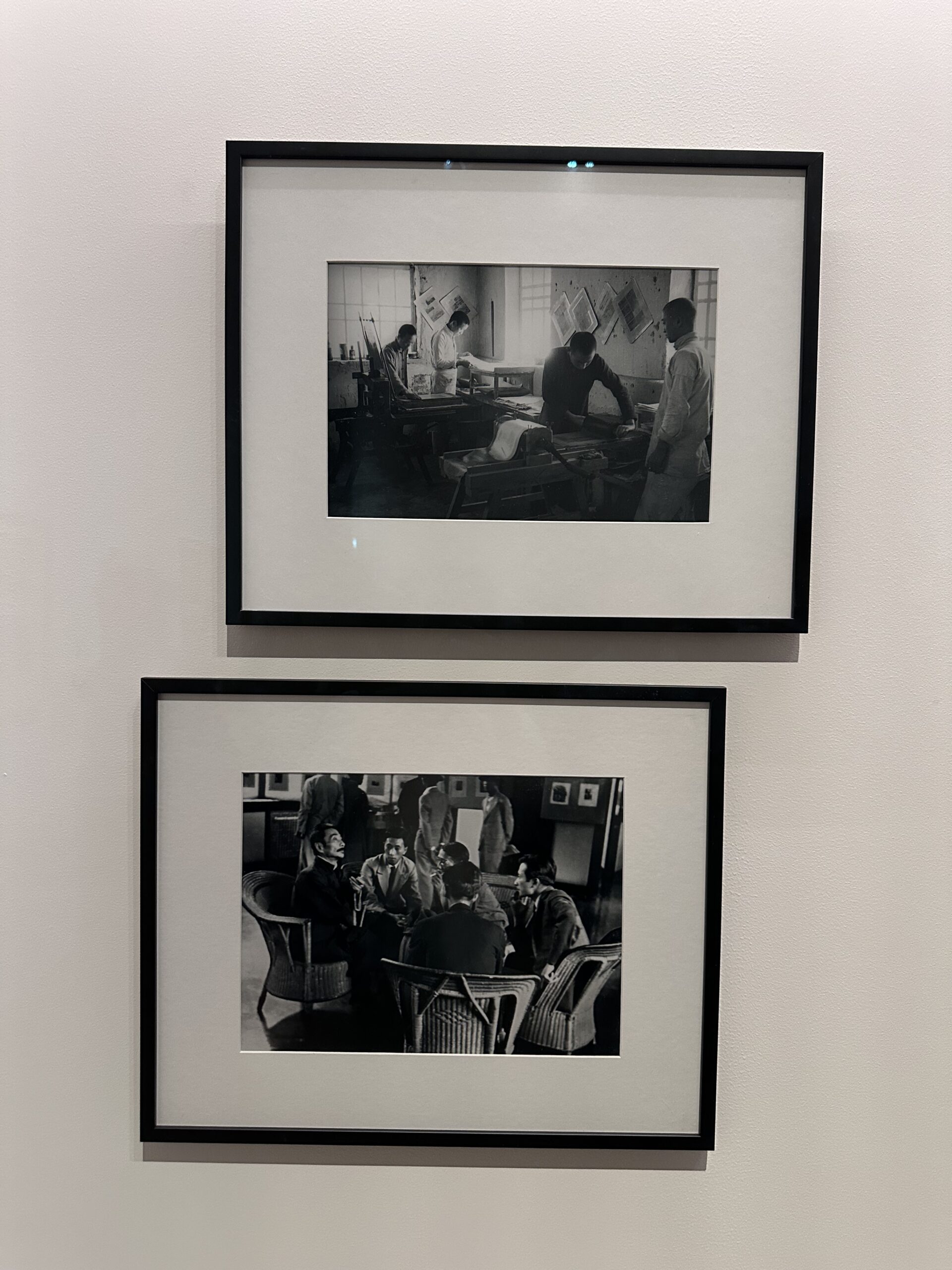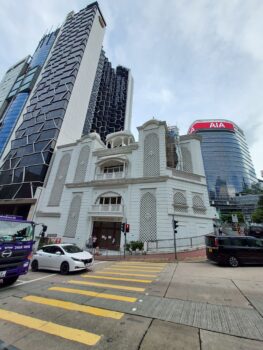
Five of us, without realizing that others had also signed up, joined a tour on 1 August Friday organized by the Diversity and Equal Opportunities Unit and guided by WEDO Global Cultural Ambassadors. The destination was the Sikh Temple (Gurdwara Sahib).
History of the Sikh Temple
The Gurdwara Sahib is the only Sikh temple in Hong Kong. Built in 1901 on land allotted to the Sikh community by the British government, the temple was damaged during World War II by a Japanese bomb. It was subsequently rebuilt with donations from both local Sikh and non-Sikh communities at its current location: 371 Queen’s Road East, Wanchai.
Etiquette for Visitors
Visitors to the Sikh temple are expected to follow a few important guidelines:
- Remove shoes and socks on the ground floor and place them in the racks provided, then wash feet before entering.
- Cover the head at all times. Beautiful blue headscarves were kindly provided by WEDO Global and given to us as souvenirs.
- Dress modestly, with long pants or skirts and tops that cover the shoulders.
- Refrain from bringing alcohol, cigarettes, tobacco, or meat onto the temple premises.
Briefing and Demonstration
After cleansing our hands and feet, we gathered for a brief overview of the beliefs, values, and culture of the Sikh community. Here are some highlights from the briefing: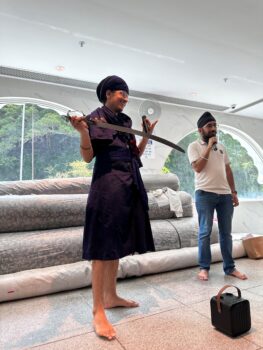
- Sikhism’s core principles: belief in one God and equality for all, rejecting discrimination based on caste, gender, race, or religion.
- Sikhs typically pray three times a day: in the morning (at or before sunrise), in the evening (around sunset), and at night (before sleeping).
- Initiated Sikhs wear five articles of faith:
- Kesh – uncut hair, symbolizing spiritual acceptance of God’s creation.
- Kanga – a wooden comb, representing cleanliness and discipline.
- Kirpan – a small ceremonial sword, for defending truth and justice.
- Kara – a steel bracelet, a circle signifying eternity and unity with God.
- Kachera – a cotton undergarment, denoting self-control and modesty.
Following the briefing, we observed and participated in a demonstration of Gatka, a traditional Sikh martial art.
Prayer Hall and Karah Prasad
We then visited the Prayer Hall and viewed the Holy Book, the Guru Granth Sahib. The Karah Prasad was distributed to everyone in the prayer hall, symbolizing the sharing of God’s blessings. This sacred offering, made from whole wheat flour, sugar, and ghee (clarified butter), is traditionally accepted in cupped hands as a mark of respect and gratitude.
Langar Hall (Community Kitchen)
The tour concluded in the Langar Hall, where we enjoyed a satisfying vegetarian meal comprised of a variety of freshly prepared dishes including lentils, spiced vegetable curry, hot roti, rice, yogurt, dessert. The aromatic milk tea was a delightful surprise.
Reflection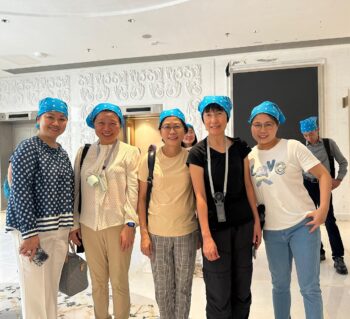
This visit to the Sikh temple provided an immersive experience of Hong Kong’s multiculturalism. We greatly valued the opportunity to learn about Sikh history, culture, religion, values, and etiquette, which deepened our cultural awareness and enhanced our understanding of one of Hong Kong’s ethnic communities.
Through this experience, we fostered greater respect for people from different backgrounds and strengthened our appreciation for diversity and inclusivity.
Eunice Wong
Senior Librarian (Learning Support)
lbeunice@ust.hk
Views: 526




